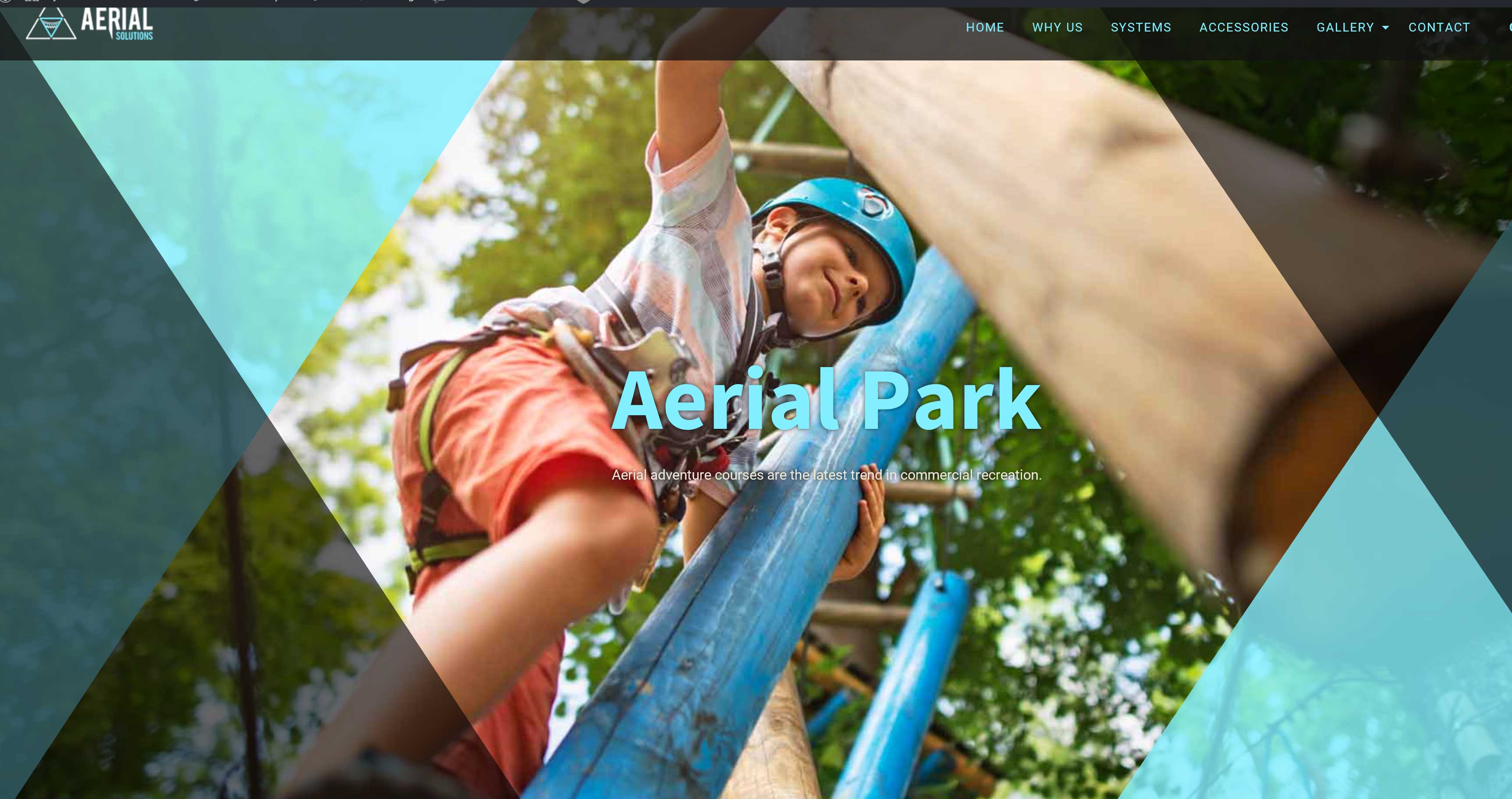We can Engineer, Design, and Build your Aerial Ropes Course!
Or you can simply contact us now.
ROPES COURSE CONSTRUCTION
A ropes course is the modern-day twist on the traditional obstacle course. Constructed of wood, cables, and ropes strung between trees or poles, professional ropes courses provide people of all ages the opportunity to learn about challenges, risks, and rewards—in a safe, exciting, and stimulating environment. Good rope course engineering and design provides the ultimate opportunity for camp goers, corporate teams, classmates, and families to tackle their fears, push themselves, and work together to accomplish more than they thought possible.
ROPES COURSE ENGINEERING
Adventure Solutions builders have been building indoor and outdoor ropes courses for more than 20 years. We inspect your site, design & construct a series of challenges that satisfy your purpose and vision. Horizontal elements, such as rope mazes, cable traverses, bridges, and balance beams, test participants’ balance, coordination, and teamwork. Vertical elements, such as towers and rope ladders, test their strength and agility. We can even incorporate a zipline at the end of a course to provide an exciting incentive to complete a challenge! When constructed in and around trees, our ropes courses are designed to respect the natural environment—our support systems help protect the health of the trees, and preserve their beauty and natural surroundings.
ROPES COURSE DESIGN & SAFETY
Safety is fundamental to Adventure Solutions. Ropes course layout and installation is provided by our experienced team of engineers and builders, who fully test and guarantee all elements for safety and enjoyment, including connections, pulleys, holds and platforms. Our ropes are strong enough to withstand even the toughest of competitors, yet comfortable to hold, pull and climb. Our platforms are designed by our licensed engineer to assure ultimate safety.
COURSE TEAM ELEMENTS
Team elements are challenging, fun activities that provide groups with a framework to help them grow as a team. Generally set very low or on the ground itself, these activities encourage individuals to work together toward a common goal. As the team works together, they learn how to cooperate, think creatively, communicate effectively, and manage conflict. Imagine the group needing to hoist individuals over a wall or other obstacle. Or balancing on a teeter-totter for a certain amount of time. Or building a bridge with pieces of wood (or their bodies) to transport an item over an imaginary river. Adventure Solutions has an extensive list of team elements that we can build for your operation, to your exact specifications.
LOW COURSE INSTALLATION TIPS
Low courses, typically 1 to 10 feet in height, are designed for groups, beginners, younger participants, or people with a fear of heights. These courses, which incorporate traverses, rope mazes, wobbly bridges, balance beams, and other obstacles, may be tackled by individual participants or groups, and emphasize coordination, balance, and simple strategic thinking. When designed for groups, low courses emphasize collaboration and cooperation between team participants. Using strategy, communication, and pooled resources, low courses allow groups to succeed in reaching a common goal. These courses can also be combined with team elements for more variety and greater opportunities for team building.
WE DESIGN VERTICAL ELEMENTS
Vertical elements include standalone towers, poles, and platforms that combine exciting and challenging elements for individuals and groups alike. These elements include rope ladders, climbing walls, overhangs, pole climbs, cargo nets, loops, rings, and ziplines. Adventure Solutions can build you a structure that incorporates many different vertical elements, or we can isolate them individually. We can also build duplicate towers to allow teams to challenge one another simultaneously. Along with offering greater variety, vertical elements allow your facility to handle more throughput and minimize staff needs. All Adventure Solutions vertical elements may be mixed and matched for a virtually endless number of combinations, and can also be built to connect to high ropes courses.
HIGH ROPES COURSE ENGINEERING
Set high on poles, trees, and platforms, high courses are typically 15 to 60 feet in height, and are designed to provide more mentally and physically challenging environments for participants. Since high ropes courses are situated higher off the ground than low courses, the perceived risks—and rewards—are often much greater. In addition, because of their greater height, participants must use overhead or static belay systems for safety. Although they incorporate many of the same elements as low courses (traverses, mazes, bridges, etc.) and can be designed for individuals or small teams, high ropes courses generally involve greater tests of strength, stamina, and mental focus. High courses may be combined with ziplines and vertical elements for more variety, more throughput, and greater opportunity for team building.


